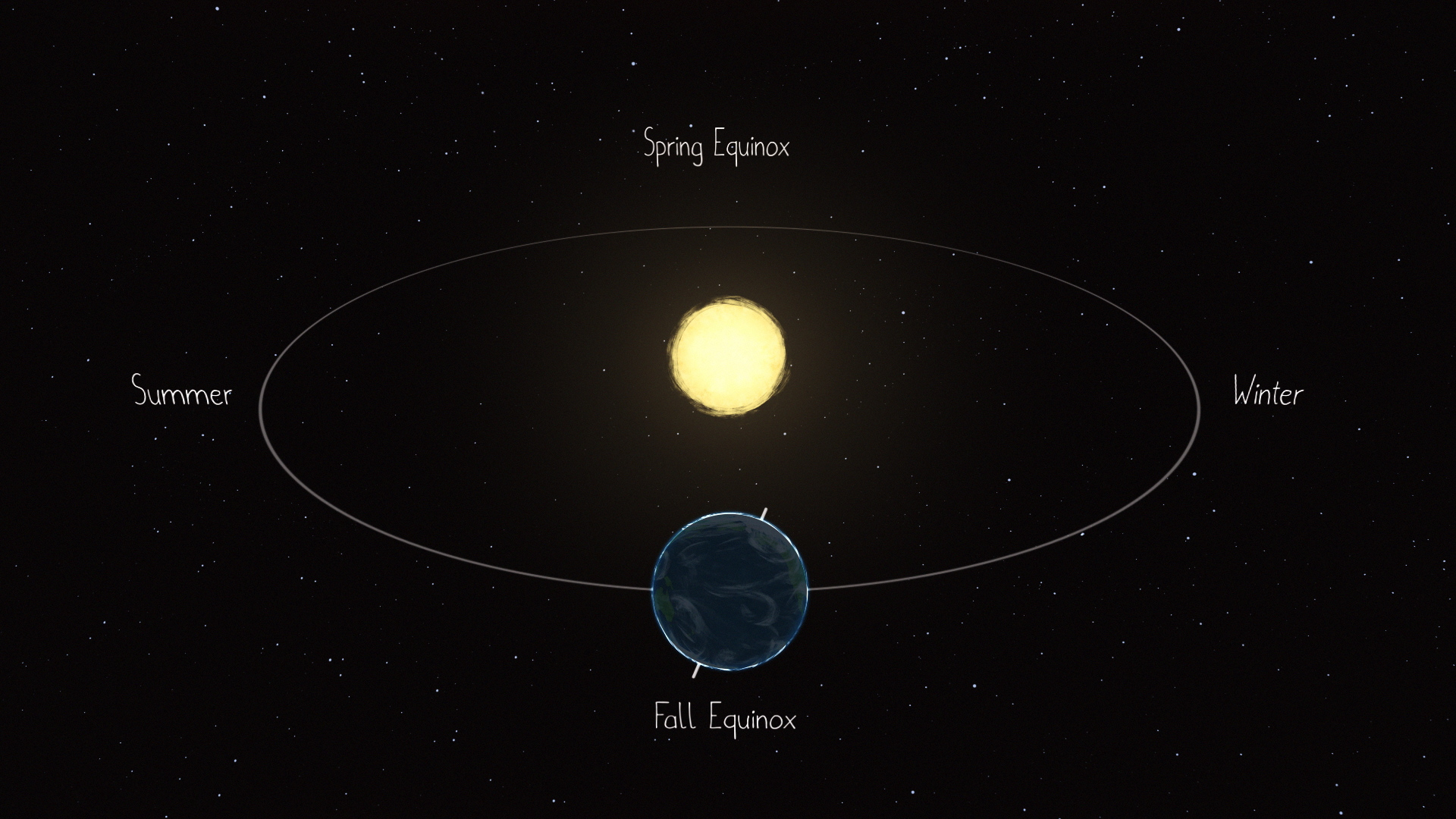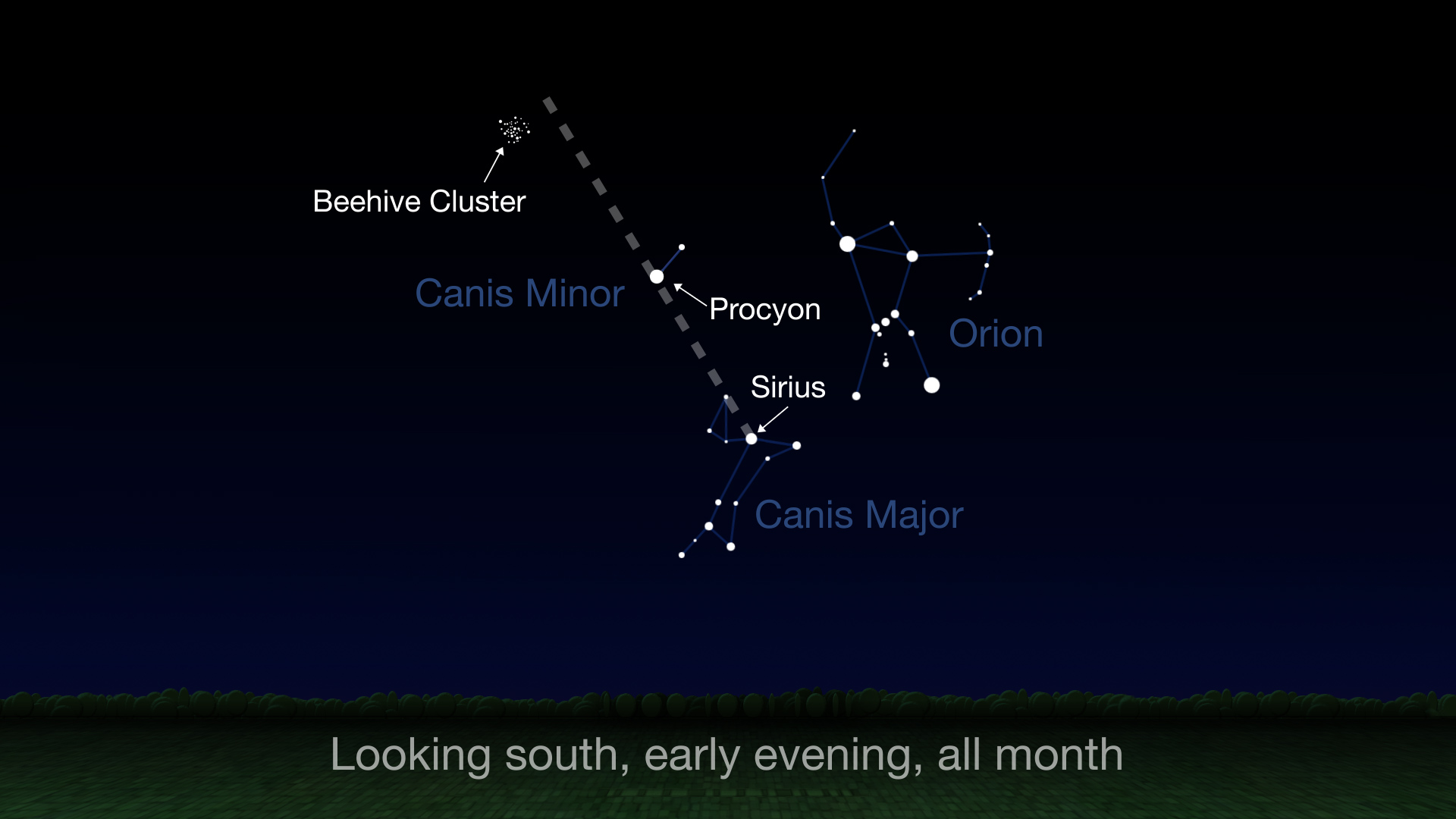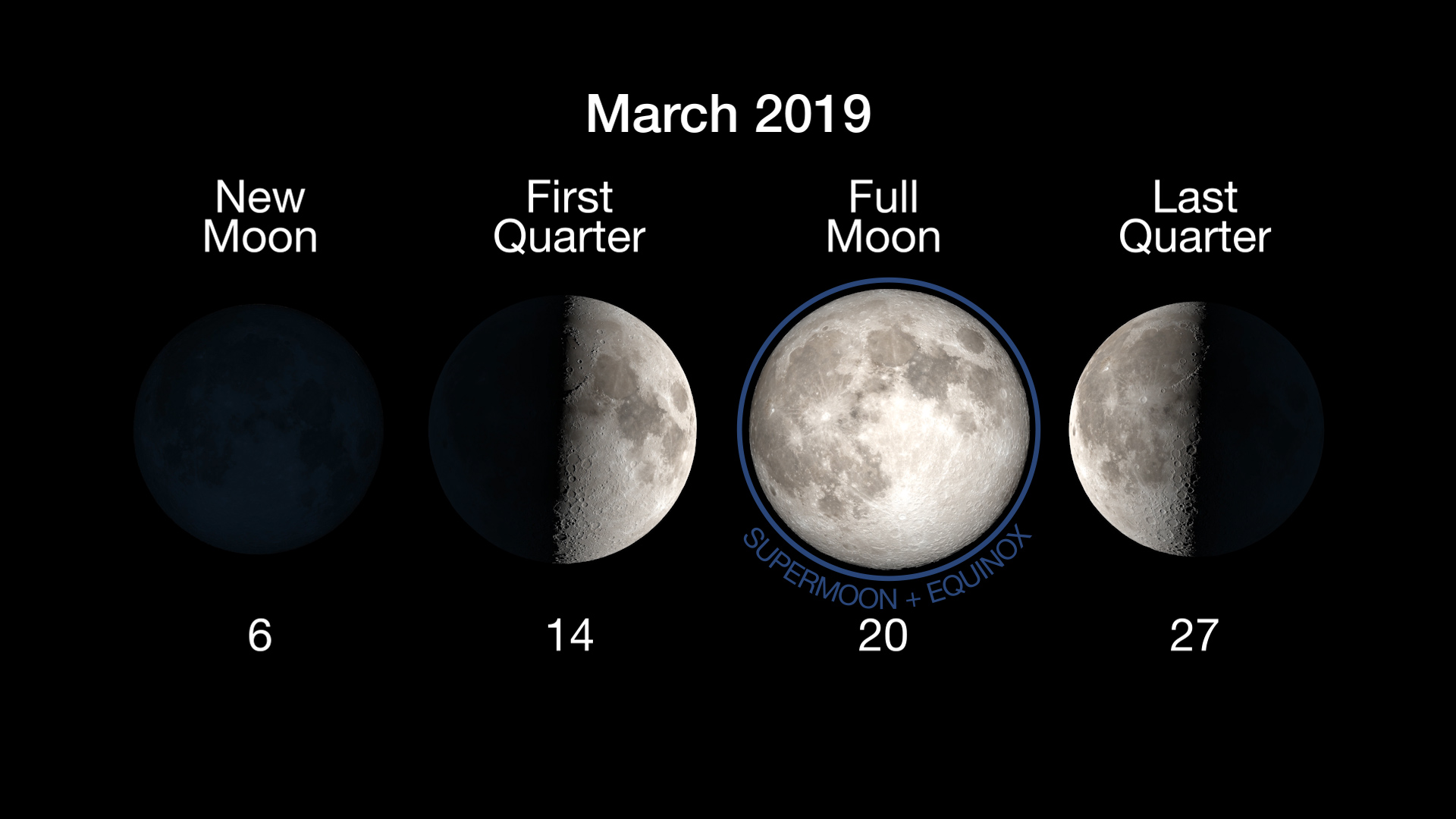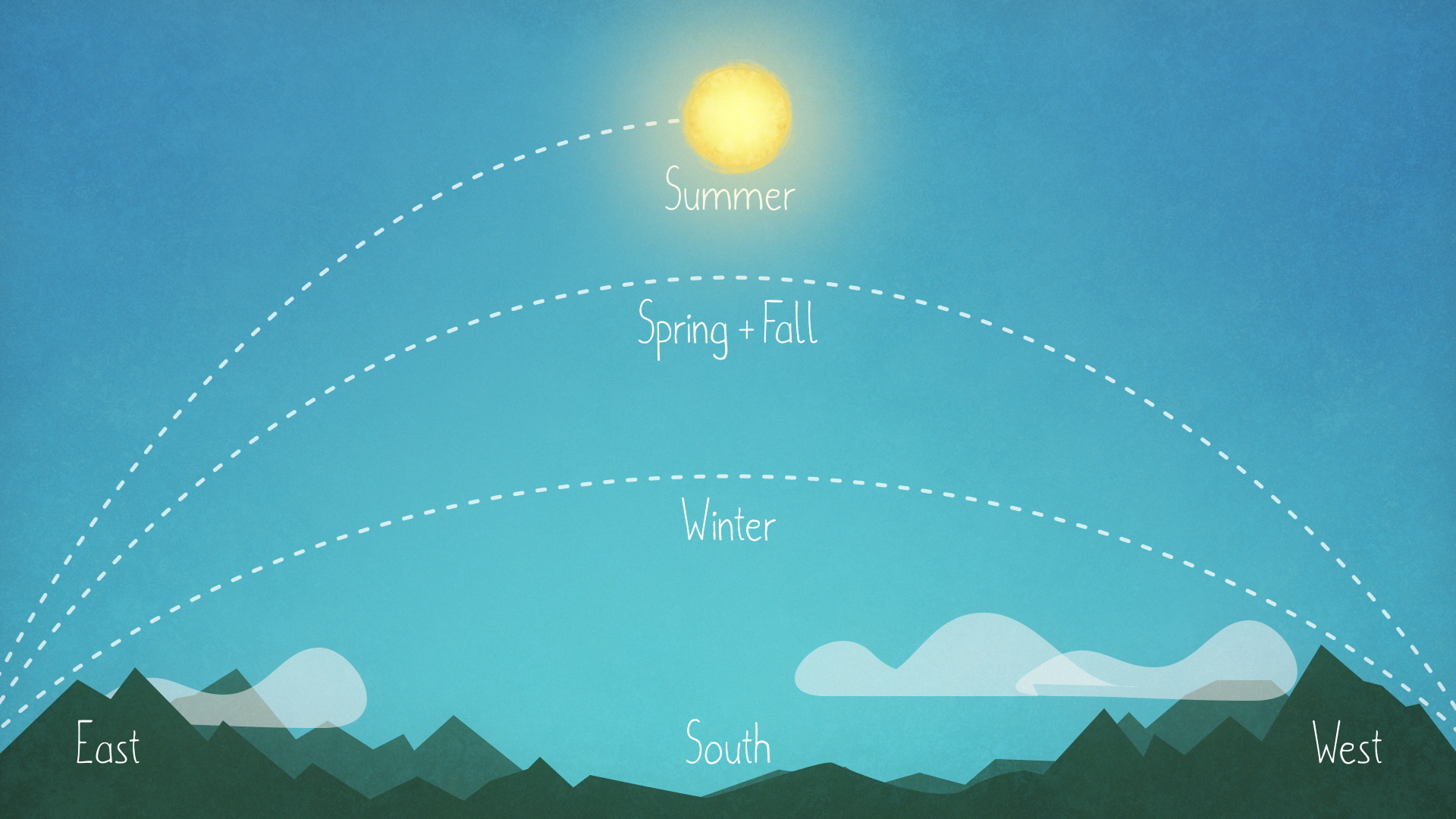What’s Up: March 2019 Skywatching from NASA
| Credit | NASA/JPL-Caltech (Presenter Voice: Jennifer Corbilla) |
|---|---|
| Language |
|
What can you see in the March sky? Jupiter and other planets in the morning, the start of spring with the spring equinox and viewing an open star cluster called the Beehive.
Transcript
What's Up for March? Jupiter in the morning, the start of spring, and a visit to the Beehive.
Jupiter greets early risers all month long (sky chart). Look low in the southeast an hour before sunrise. (And if you have an unobstructed view toward the horizon, you'll be able to spot Saturn and Venus as well, a bit lower in the sky.)
March marks the 40th anniversary of the Voyager 1 spacecraft's flyby of Jupiter, in 1979. Voyager gave us our first detailed, close-up look at the giant planet and its moons.

March also brings the beginning of spring in the Northern Hemisphere, starting on the 20th, with the Spring Equinox. Equinoxes occur twice a year, in spring and fall, on the dates when day and night are of equal length. From here until the beginning of fall, in September, daytime will be longer than nighttime, as the Sun travels a longer, higher arc across the sky each day, reaching a peak at the start of summer. It's just the opposite in the Southern Hemisphere, where March 20th marks the fall Equinox.

The arrival of spring in the Northern Hemisphere brings fresh flowers and the buzzing of bees, which makes March a great time to try to spot the Beehive Cluster. This grouping of young stars sits about 600 light years away and consists of several hundred stars that are only a few hundred million years old. That's compared to our Sun's four-and-a-half billion years. Although the Beehive can be seen as a small fuzzy patch with unaided eyes under dark skies, it's best viewed with binoculars.
To find the Beehive Cluster, look south and follow a line from brilliant Sirius — the brightest star in the sky — upward and slightly to the left, toward another of the sky's brightest stars, Procyon. Continue that path about the same distance upward and then a couple of finger widths to the left.
While the Beehive Cluster is visible in the first half of the night all month long, the best times to look for it are the first and last weeks of the month, as the Moon shines brightly mid-month, making faint objects like this cluster more difficult see.
And here are the phases of the Moon for March.

You can catch up on all of NASA's current and future missions at nasa.gov
That's all for this month.
About The Beehive Cluster
The Beehive Cluster is also known as M44, or Praesepe (Latin for trough or manger). It’s an open cluster of stars — that is, a grouping of tens or hundreds of relatively young stars — thought to be about 600 million years old and a little under 600 light years distant. It appears as a small, fuzzy patch of stars to the naked eye under clear, dark skies, but it looks fantastic through binoculars. The cluster has a width on the sky of 1 to 1.5 degrees, or about the width of your index finger held at arm's length.
From Sirius to Procyon the angular distance is about 25 degrees — the width of your outstretched hand at arm's length from your thumb to your little finger. From Procyon to the Beehive Cluster, the distance is about 20 degrees — twice the width of your fist held at arm's length.

About the Seasons
Earth is tilted on its axis with respect to the Sun. This means that, as the planet orbits the Sun each year, different parts of Earth get the Sun’s direct rays. It also means the Sun is in the sky longer during part of the year— summer — making for longer days and warmer temperatures, and for less time during part of the year — winter — making for shorter days and cooler temperatures. In 2019, the fall equinox is on September 23. The beginning of summer, or summer solstice, is on June 21.
More about the reasons for the seasons from NASA's Space Place: https://spaceplace.nasa.gov/seasons/en/
Additional Resources
- Information about all of NASA’s missions: https://www.nasa.gov
- More about the Voyager mission: https://voyager.jpl.nasa.gov
- Additional astronomy & skywatching info from NASA’s Night Sky Network: https://nightsky.jpl.nasa.gov
- More video content from NASA: https://www.youtube.com/user/NASAtelevision
- More video content from NASA-JPL: https://www.youtube.com/user/JPLnews
- Subscribe to NASA on YouTube: https://www.youtube.com/nasa?sub_confirmation=1
- Subscribe to NASA-JPL on YouTube: https://www.youtube.com/nasajpl?sub_confirmation=1
